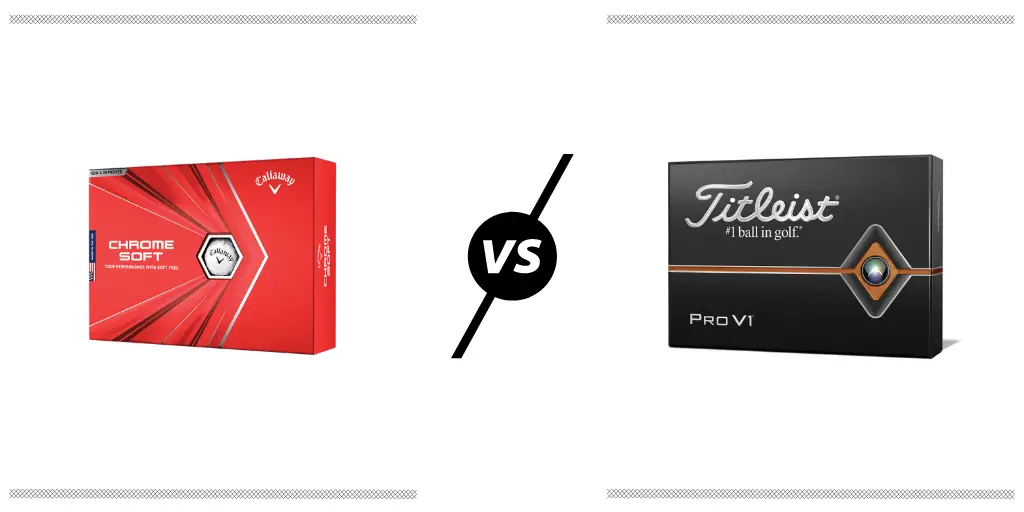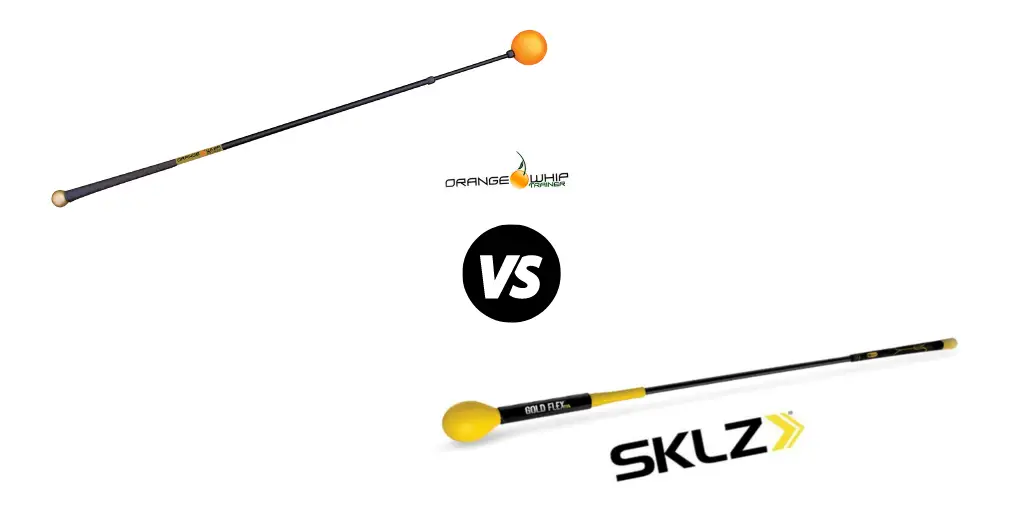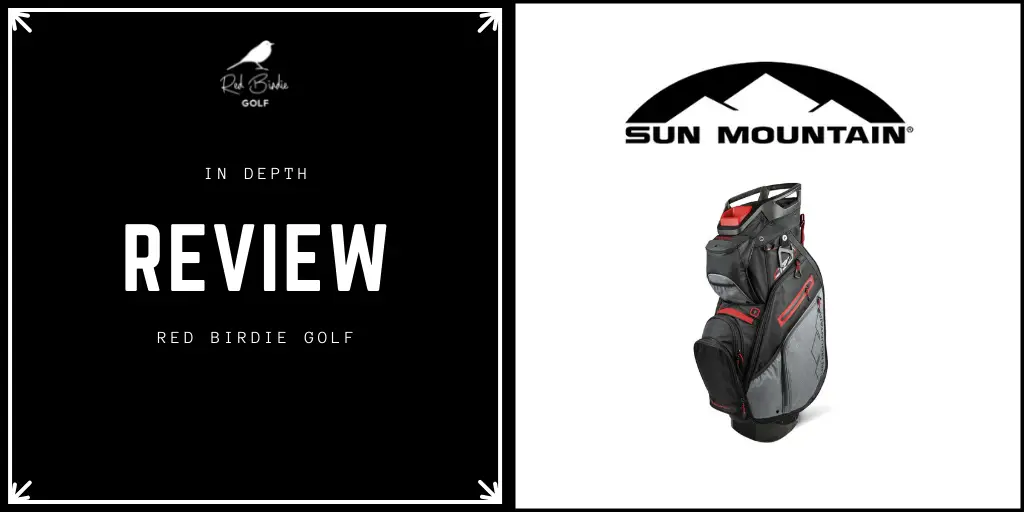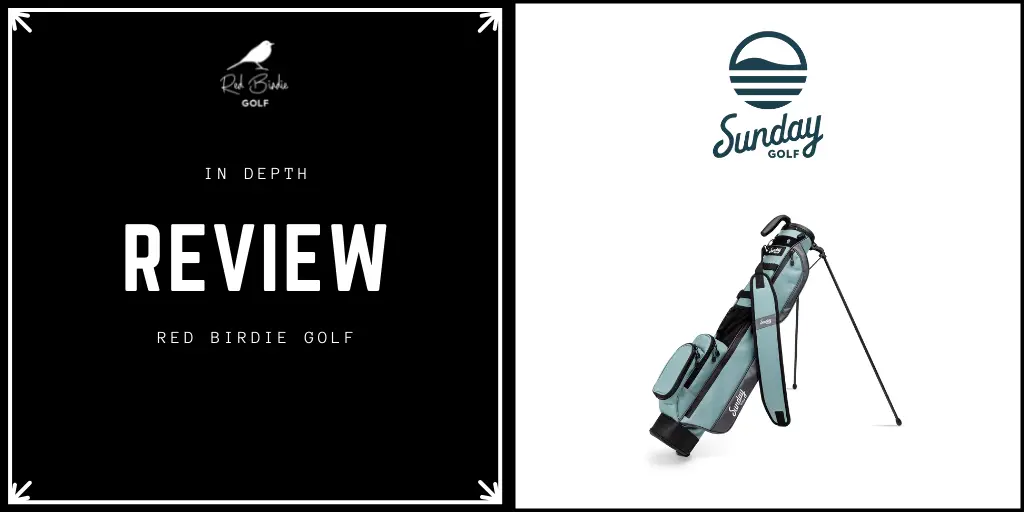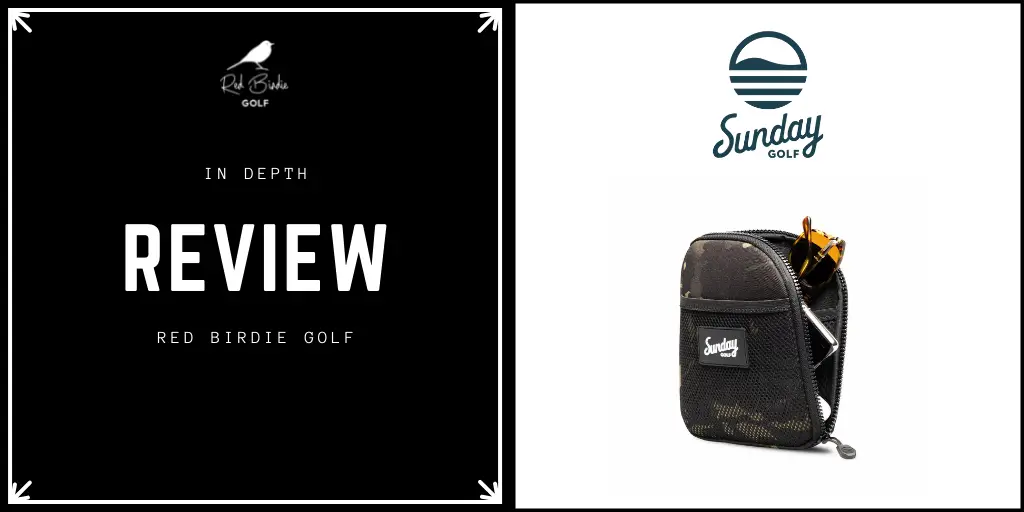Based on history, usage, and reputation, you would think that the golf ball hierarchy would be the Titleist Pro V1 and then everything else on the market. The Pro V1 has dominated the PGA Tour, club events, and even weekend warrior in terms of use and desire for years. If you ever want to get a gift for an avid golfer, purchasing a pack of Pro V1 balls is as close as you can come to a perfect gift almost every time. With that said, there is more to the story than history, usage rate, and reputation. The purpose of this article is to compare the actual features and performance of two tour balls, the Chrome Soft vs Pro V1 face-to-face. If the Titleist pro v1 is the king of golf balls, Callaway is for sure right behind them, and this is a comparison of the best offering from each. Golf balls can be a little bit like car insurance. You find a company when you are 16 and you blindly stay with them for years without ever comparing price and features. This article will help you examine whether or not another golf ball can come close to the Pro V1, and you may be surprised.
Chrome Soft
The Callaway Chrome Soft is Callaway’s answer to the Pro V1. It hit the market in 2015 and is in its 3rd generation construction right now. The Chrome Soft is a 4-piece golf ball with an ultra soft urethane cover that has a feathery soft feel. It is a soft compression ball and one of the softest tour grade balls out there with a compression rate of 65. The Chrome Soft now features a graphene infused core which is both larger and softer than ever and promotes additional ball speed, a higher launch, and a lower spinning ball. All of these things together help to ensure that the Callaway Chrome Soft is long and straight off the tee, and it especially adds distance to players with sub-95 mph swing speeds. The additional size of the inner core also allowed Callaway to make the urethane cover even thinner without losing the softness for which it is known.
A major difference between the Callaway Chrome Soft and TaylorMade Project A is that the chrome soft former is a 4-piece golf ball while the Project A features 3-piece construction. This added “mantle” layer of the golf ball helps to ensure a low spin and high speed with the driver and distance clubs while adding spin and softness around the green. There is a reason that the Callaway Chrome Soft is becoming more and more popular in the golf ball world, and especially for mid handicappers and lower. The soft feel combined with great distance and low spin give it some of the main features that good golfers are looking for.
Pros
-
It has a much softer feel than the Pro V1 because of the soft cover and lower compression rate.
-
The 4-piece construction allows for an incredible combination of feel, distance, and spin that is hard to match.
-
The urethane cover is very soft but it is also one of the most durable high end balls on the market.
-
The graphene infused core is larger and easier to compress than ever which promotes less spin, more distance, and a high launch.
Cons
-
The lower compression rating will turn many top golfers off at first glance.
-
It is a better golf ball for players with sub-95 mph swings which does not include a lot of younger golfers or low handicappers.
Pro V1
The Pro V1 became the no. 1 ball in golf in 2001, almost overnight. It has, subsequently, been the best-selling ball in golf every month since March of 2001. The reason is that it has great feel, promotes top notch distance, and has a low spin rate from the tee and a high spin rate around the greens. Basically, it is the no. 1 ball in golf because it does everything well. The soft urethane and elastomer cover has great feel at impact. It is not so soft you think you are hitting a sponge nor is it so firm that the ball feels like a rock. The compression rating is 90 which is a mid compression making it better for players with higher swing speeds.
The Pro V1 also has a mid trajectory but it is on the lower side of that designation. The ball flight is penetrating and strong, and the lower trajectory sets up well for lower handicappers and those who find it easy to get the ball of the ground. The core of the ball is really fast which leads to low spin rates and increased distance. The Pro V1 is the most popular ball in golf for a reason. There is no major flaw in the design, and its features seem to promote everything you want in each shot: lower spins for your drives, more softness and feel around the green, and a mid trajectory ball flight that is consistent and penetrating.
Pros
-
Reduced long game spin promotes distance and accuracy while the short game spin and feel are as good as any ball you will find on the market.
-
The urethane cover is soft and durable and provides great feel off the tee and around the green.
-
The compression rating of 90 means that it is not too soft and not too firm, but right in the middle of what most golfers want.
-
The Pro V1 has been the no. 1 ball in golf every single month for 20 years now and it shows no signs of stopping.
Cons
-
3 piece construction limits it slightly compared to the 4 and 5 layered golf balls on the market today.
-
Not as soft as the Chrome Soft.
Features Face To Face
Construction
The Callaway Chrome Soft is a 4-layer golf ball with a very thin urethane cover, a pretty large and graphene-infused core, and 2 mantle layers that bring the 2 other outer layers back together. The 4 layers help to ensure that you get a low spinning ball off of the tee but higher spin rates around the green. The new core also helps to compress the ball more even if your swing is slow to moderate. It is a well-constructed golf ball where the 4 layers work together to provide a soft feel with great distance.
The Pro V1, on the other hand, features 3-piece construction and a firmer feel. The thermoset urethane elastomer cover is soft but a little firmer than the Callaway. The construction of the Pro V1 promotes low spin and great distance off the tee while maintaining higher spin rates and more control in the short game. The extra mantle layer of the Callaway gives it a little more flexibility, of course, but the Pro V1 has found a hard-to-beat combination of firmness/softness, reduced long game spin/increased spin and feel around the greens, more iron distance, and a low but penetrating ball flight.
Performance
Distance
The Pro V1 is a longer golf ball. No matter how many reviews you read or how many people want to tell you that the larger core of the Chrome Soft adds distance to iron shots, If you have a high speed swing, the Pro V1 will go farther for you than the Chrome Soft. On the other hand, if your swing is less than 90mph, then the Chrome Soft will actually help you get a little more distance on iron shots because of how easy it is to compress. If you have a slow to moderate swing, the lower compression rate actually adds some distance to your shot.
Launch
This is a pretty big difference between the 2 golf balls. In general, lower handicap players prefer to play a mid trajectory ball while the higher your handicap is, the higher you want the ball to launch. The larger and softer core of the Chrome Soft promotes a high launch, higher than many low handicappers desire to play. The Titleist has a mid trajectory ball flight that penetrates through wind, but can stop on a dime when it lands on the green. Neither ball holds an advantage in launch, it is up to your preference and your golf swing as to which of the 2 launch angles is what you need.
Spin
-
Long Game
The Pro V1 has a lower spin rate in the long game than the Chrome Soft. Even with the increased size of the core, the Chrome Soft produces more spin. Both balls are workable enough if you want to fade or draw the ball, but they also have low enough spin rates to hit them straight.
-
Short Game
The spin rate in the short game for both balls are pretty even. For players who can consistently hit “ball first” when chipping and pitching, the Pro V1 will be your choice around the greens. If you are a little less consistent or find the “ball first” shot difficult, then the softer Callaway ball will be better for you around the greens.
Feel
-
Long Game
Most players with higher swing speeds prefer a firmer ball, especially with their woods and long irons. While you do not want a hard ball, you can feel the extra firmness in your hands and it feels more solid at contact. Players with slower swing speeds, 90mph and below, will probably prefer the softer feeling ball even in the long game. It gives you a little extra distance because of how the ball compresses and you can feel the softness in your hands at impact.
-
Short Game
Since both the Chrome Soft and Pro V1 are soft golf balls, the difference in short game feel will usually depend on your game. If you can make the “ball first” strikes that low handicappers make, and you can make them consistently, the Pro V1 will probably be the ball for you. The Chrome Soft can feel too soft in the short game for players like that. On the other hand, the extra softness is a plus for a lot of golfers and it really comes down to your preference and swing.
Cost
The Pro V1 will sell for about $48/dozen while the Chrome Soft will cost you about $40. Because of the number of golf balls that many of us buy, $8/dozen is a pretty big savings. That means that for every 5 dozen balls you purchase, you would save enough money to purchase one extra dozen of balls with the Chrome Soft golf ball. If, when you test the 2 balls against each other, the differences are minute, the $8/dozen you save with the Chrome Soft could be a decision making feature.
Standout Features
-
Feel
The Chrome Soft is clearly the softer golf ball. For players with high swing speeds, it may be too soft, but that is probably true for only a fraction of golfers. If you have swing speed and are a player who believes that a ball cannot be too soft, the Chrome Soft is for you. If you prefer a little extra firmness in an overall soft golf ball, the Pro V1 may be more your speed.
-
Distance
The Pro V1 is a longer golf ball than the Chrome Soft. It promotes lower spin rates with your longer clubs and it is very straight and long. The firmness and higher compression rate make it considerably longer for players with moderate and high swing speeds while players with lower swing speeds may prefer the Chrome Soft.
-
Cost
The cost is a clear advantage for the Chrome Soft golf ball. It is a really well made and high performing ball and it costs $8/dozen less than the Pro V1. When you are purchasing a set of clubs or a driver, slight changes in cost are not as important. You will probably use the same driver or same clubs for years and the cost difference will be small compared to the time you will use it. Golf balls are different. You purchase golf balls pretty consistently throughout the year even if you never lose a golf ball on the course.
Final Thoughts On Chrome Soft Vs Pro V1
The Pro V1 is the best-selling and best performing golf ball out there. The Chrome Soft, however, is right on its heels as Callaway continues to add new features while maintaining those things that have made the Chrome Soft more and more popular each year. The biggest difference in these two golf balls, is that the Pro V1 is longer and a better all-around ball while the Chrome Soft is one of the softest balls out there and costs about $8/dozen less than the Pro V1. The Chrome Soft ball caters to a larger audience of golfers with its features, but the Pro V1 has been on top for so long, it is going to be very hard for any other ball to knock them down.

